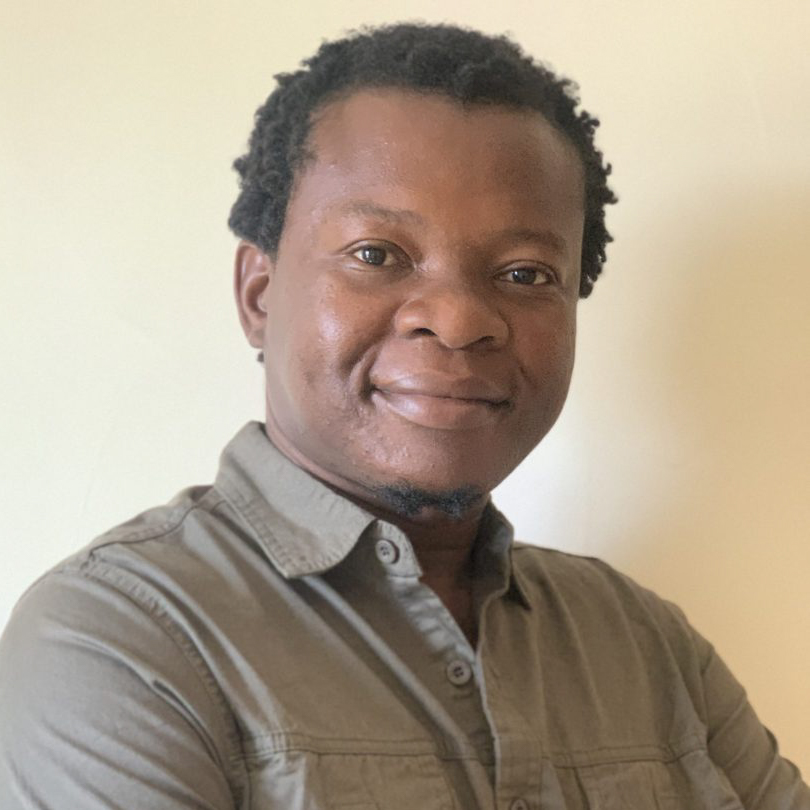CONTRIBUTORS

Amani Karisa
Associate Research Scientist
As the world marks International Literacy Day, it is sobering to recall that 88% of 10-year-olds in sub-Saharan Africa cannot read and understand a simple, age-appropriate text. In Kenya, despite progress in expanding access to schooling and curriculum reform, the literacy crisis persists.
While resources, class sizes, and parental support all matter, one factor cuts across them all: the quality of teachers. A well-prepared teacher can transform a classroom, even in constrained environments. But teacher preparation is only as strong as the support systems in place during training.
Why Mentorship Matters
At a recent education conference in Embu, I shared findings from a study on how structured mentorship can strengthen preservice teacher training in Kenya, drawing on lessons from a model offered at a South African university where mentorship is a structured, institutionalized component of the teaching practicum. Student teachers in that model are not left to “sink or swim” when they enter classrooms. Instead, they are paired with mentors who co-plan lessons, observe their teaching, provide feedback, and engage them in reflective dialogue.
This structured mentorship operates within a clear framework: schools and the university work together, and everyone understands their roles. The system functions not as goodwill but as policy. As one trainee teacher put it: “My mentor was like my classroom bodyguard. We would plan lessons together, share teaching tasks, and reflect afterward on what worked and what didn’t.”
The result is a more confident teacher trainee, a richer practicum experience, and a stronger professional identity.
The Kenyan Gap
My own experience with mentorship when training as a teacher in Kenya was between non-existent and ad hoc. That was many years ago, and while the situation may have evolved, the gap remains. The Teachers Service Commission has since established the Teacher Induction, Mentorship, and Coaching (TIMEC) program, but this applies only to in-service teachers once they are already employed. For pre-service teachers still in college, mentorship continues to be inconsistent—robust in some institutions, minimal in others—depending largely on the initiative of individual institutions or cooperating teachers.
This gap is critical. It means that at the very stage when young teachers should be learning how to teach reading, how to manage a classroom, and how to reflect on practice, their growth depends on luck. Those in universities and colleges that provide structured mentorship during the practicum benefit. Those placed in schools with supportive environments or teachers also gain. But many others stumble through their training with little or no guidance.
Indeed, part of the audience at the Embu conference pointed out that their universities and teacher training colleges (TTCs) have well-functioning, structured mentorship programs that link students with experienced teachers during the practicum. These initiatives are commendable. The challenge is that they remain fragmented. Without national coordination, they cannot deliver system-wide change.
Lessons from South Africa
The South African university program we observed offers three key lessons for Kenya:
- Structured mentor support – Trainee teachers benefit when mentors work alongside them, modeling practices, co-teaching, and giving constructive feedback.
- Professional growth through reflection – Dialogue between mentors and trainees helps young teachers think about why they teach the way they do, and how they can improve.
- Institutional alignment – When universities, schools, and education authorities collaborate, mentorship becomes sustainable and consistent across the system.
These are practical tools to prepare teachers who can, in turn, prepare children to read and learn.
Policy Directions for Kenya
What would it take to establish structured mentorship as part of Kenya’s teacher education system? Four priorities stand out:
- Develop a national policy for pre-service mentorship that sets standards and expectations across universities and TTCs.
- Train and certify mentors so that their role is recognized, incentivized, and professionalized. One participant at the conference noted that such training should begin at college level, so that mentor capacity is built early rather than after teachers are already in the field.
- Strengthen partnerships between schools and universities/TTCs, ensuring that mentorship is seen as a shared responsibility rather than an isolated task.
- Align mentorship with the Competency-Based Curriculum (CBC), so that teacher training reflects the skills and pedagogies demanded in Kenyan classrooms today.
We must stop treating mentorship as optional during the preservice training of teachers. Structured mentorship can prepare teachers not just to deliver lessons, but to inspire, support, and adapt to the needs of diverse learners. It can turn the teaching practicum from